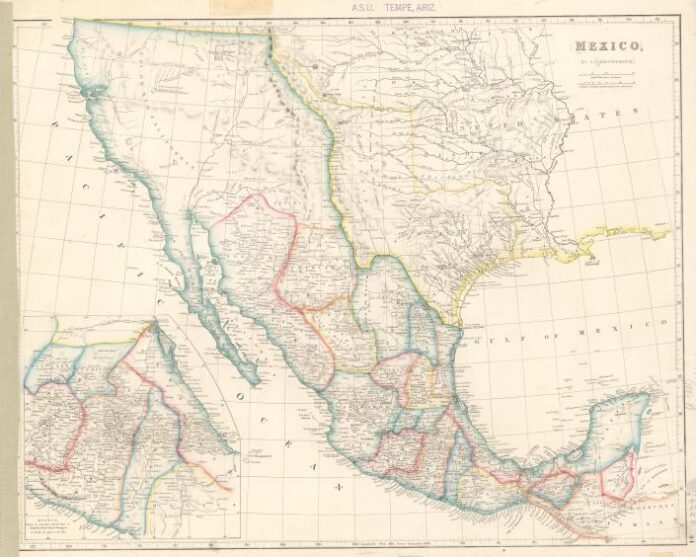
The Treaty of Guadalupe Hidalgo (Spanish: Tratado de Guadalupe Hidalgo), officially the Treaty of Peace, Friendship, Limits, and Settlement between the United States of America and the United Mexican States, is the peace treaty that was signed on 2 February 1848, in the Villa de Guadalupe Hidalgo (now a neighborhood of Mexico City) between the United States and Mexico that ended the Mexican–American War (1846–1848).
The United States ratified the treaty on 10 March and Mexico on 19 May. The ratifications were exchanged on 30 May, and the treaty was proclaimed on 4 July 1848
Thursday, February 2nd, 2023, marked the 175th anniversary of the signing of the treaty that ended the Mexican-American War, winning the U.S. what is now most of Arizona, along with the entirety or parts of several other present-day Western states.
Though largely overlooked compared to other major historical events, the 1846-1848 armed conflict, and its resolution led to the marginalization of people of Mexican descent and Indigenous Arizonans and wrought carnage on the southern border.
That’s what three Arizona State University educators — Alexander Aviña, 43, Maurice Crandall, 44, and Vanessa Fonseca-Chávez, 40 — told The Arizona Republic.
Aviña and Fonseca-Chávez are of Mexican descent and Crandall is Yavapai-Apache. The three grew up in states that were part of the land ceded to the U.S. in the agreement known as the Treaty of Guadalupe Hidalgo.
Click here to read the complete original article in the Arizona Republic





